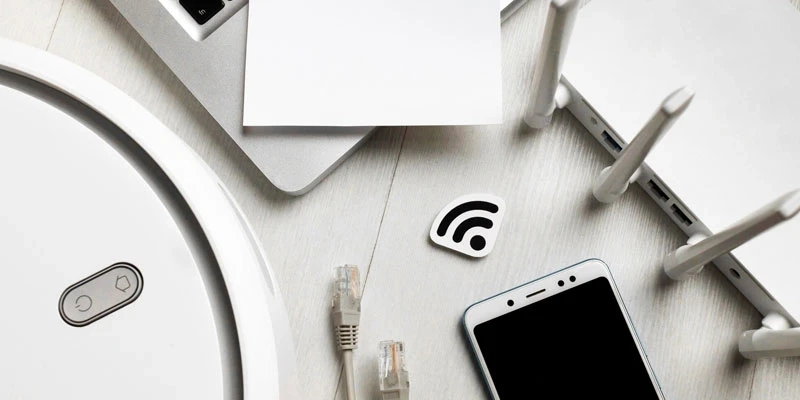
The landscape of IoT is evolving rapidly. A recent report by Wireless Logic underscores the growing pressure on IoT providers to deliver solutions that go beyond basic connectivity. Enterprises no longer settle for the bare minimum—they demand cutting-edge features like eSIM technology, remote SIM provisioning, and robust support services to meet the demands of global IoT deployment.
A study by Kaleido Intelligence surveyed 1,000 cellular IoT adopters and non-adopters across various industries, unveiling the intricate challenges of global IoT projects. Strikingly, nearly 60% of cellular IoT adopters indicated that more than half of their device fleets require international or multi-regional connectivity.
Yet, it’s not all smooth sailing. Permanent roaming restrictions emerged as a formidable challenge, with 41% of respondents citing it as a major roadblock. Adding to the complexity, 42% expressed frustration with managing relationships across multiple connectivity providers—a juggling act many enterprises would prefer to avoid.
“Enterprises scaling IoT globally need much more than connectivity. They require partners who can guide them through today’s fragmented connectivity ecosystem,” said Iain Davidson, senior product manager at Wireless Logic.
The report highlights a noticeable shift in expectations. Enterprises now demand value-added solutions that cater to every stage of deployment. While network coverage remains a key factor (important to 55% of enterprises), other considerations such as flexible setup options (53%) and comprehensive service portfolios (52%) are proving equally vital.
“IoT is no longer an add-on. It’s embedded deeply into core operations, requiring long-term services that extend far beyond deployment,” Davidson added.
The growing challenge of permanent roaming restrictions has, in part, driven the adoption of eSIM technology. According to the report, 32% of current IoT adopters selected their provider based on over-the-air network optimization capabilities. However, despite eSIM’s promise of flexibility and reduced SKU complexity, hurdles remain. Limited support from mobile network operators and the technical nuances of switching network profiles leave some enterprises hesitant.
And then there’s security. It looms large. The study reveals that 89% of respondents are deeply concerned about cybersecurity risks. Davidson stressed that businesses expect providers to offer solutions like end-to-end security, anomaly detection, and strong device identity management. “Security isn’t a nice-to-have anymore—it’s a must,” he emphasized.
Half of all businesses now use eSIM as part of their security strategy. Davidson concluded, “High availability and cyber resilience are the cornerstones of IoT success. Providers must go beyond the defensive, implementing proactive measures to mitigate risks. In today’s world, IoT security isn’t optional—it’s the foundation of everything.”
This surge in demand for advanced features and security underscores a pivotal truth: IoT providers must evolve quickly or risk falling behind in a fiercely competitive, rapidly changing global landscape.
